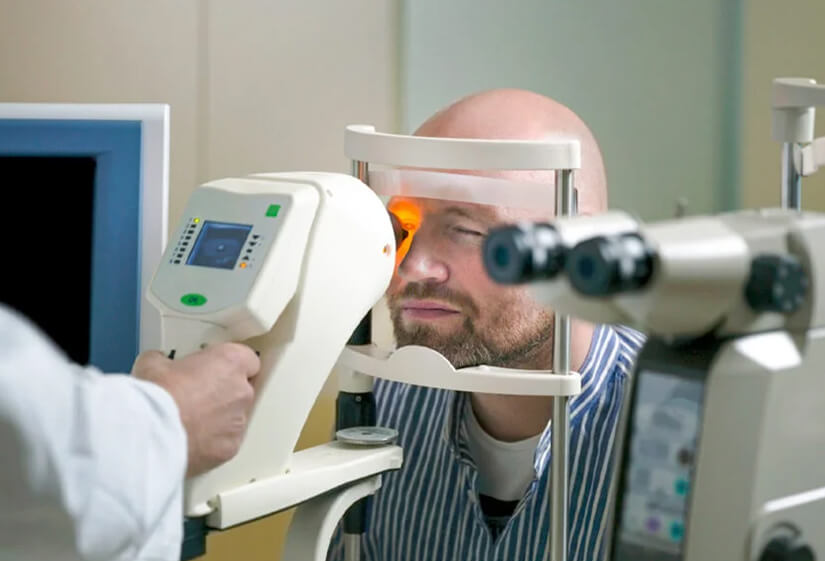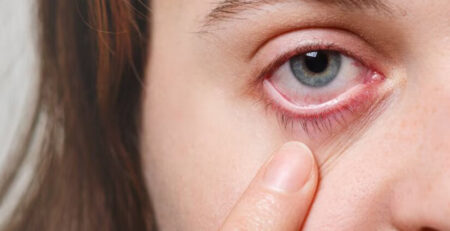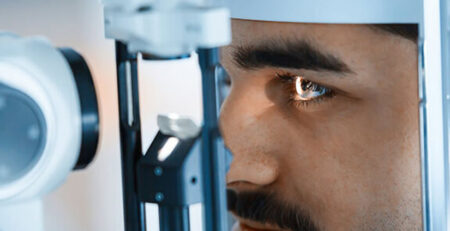What Is the First Sign of Diabetic Retinopathy?
Diabetic retinopathy is a dangerous eye illness that can start quietly and proceed undetected until it is advanced.
As the name implies, it affects people with diabetes and poses a major risk to their vision. Diabetic retinopathy may not show signs early, making it difficult to identify and care proactively. However, understanding the signs can help to find the appropriate diabetic retinopathy treatment. In this blog, we will discuss the common symptoms of diabetic retinopathy.
First Sign of Diabetic Retinopathy
Diabetic retinopathy is a complication of diabetes that can damage the retina, the light-sensitive tissue at the back of the eye. The early stages of diabetic retinopathy often have no symptoms. Vision impairment is often not apparent until diabetic retinopathy reaches its advanced stages, wherein the central part of the eye is affected or the bleeding has significantly progressed. At this stage vision damage is generally irreversible.
Therefore, people with diabetes should see an eye doctor for regular yearly eye exams. The first sign of diabetic retinopathy for the doctor is often the presence of small blood spots in the retina or dilated vessels, known as microaneurysms. However, as mentioned, at this stage , the vision might be absolutely normal.
Other Diabetic Retinopathy Symptoms:
As diabetic retinopathy progresses, it may eventually cause noticeable symptoms that require attention. While the severity of these symptoms varies, they are all indications of potentially vision-threatening problems. Here are some of the most prevalent signs of diabetic retinopathy:
Blurred Vision: One of the early symptoms is often blurry vision. People may notice that their vision is not as sharp as it used to be, and objects may appear hazy or out of focus.
Bleeding: Bleeding in the eyes is one of the prevalent signs of diabetic retinopathy. It can lead to “floaters” or black spots in front of the eye.
Metamorphosis: Diabetic retinopathy can cause metamorphopsia, where straight lines may appear wavy or bent. This can make it challenging to read or recognize objects accurately.
Distorted Vision: Diabetic retinopathy can lead to distorted vision, making it difficult to perceive shapes and sizes correctly. This can significantly impact daily activities such as driving or reading.
If you are a diabetic patient and experiencing any of these symptoms, see the best eye doctor in Delhi immediately. Early detection and diabetic retinopathy treatment can help to preserve your vision. Additionally, you can follow the below tips to manage diabetes to prevent further vision loss:
- Control your blood sugar levels.
- Maintain a healthy weight.
- Eat a healthy diet and exercise regularly.
- Quit smoking and alcohol consumption.
- Get a regular eye exam.

Conclusion!
Diabetic retinopathy is a serious complication of diabetes that does not pose any sign initially and can lead to vision loss if left untreated. Therefore, if you have diabetes, seeing an eye doctor for an eye exam at least once a year is essential.
If you are experiencing diabetic retinopathy, schedule your consultation with Dr. Anisha Gupta for proper diagnosis and diabetic retinopathy treatment.






